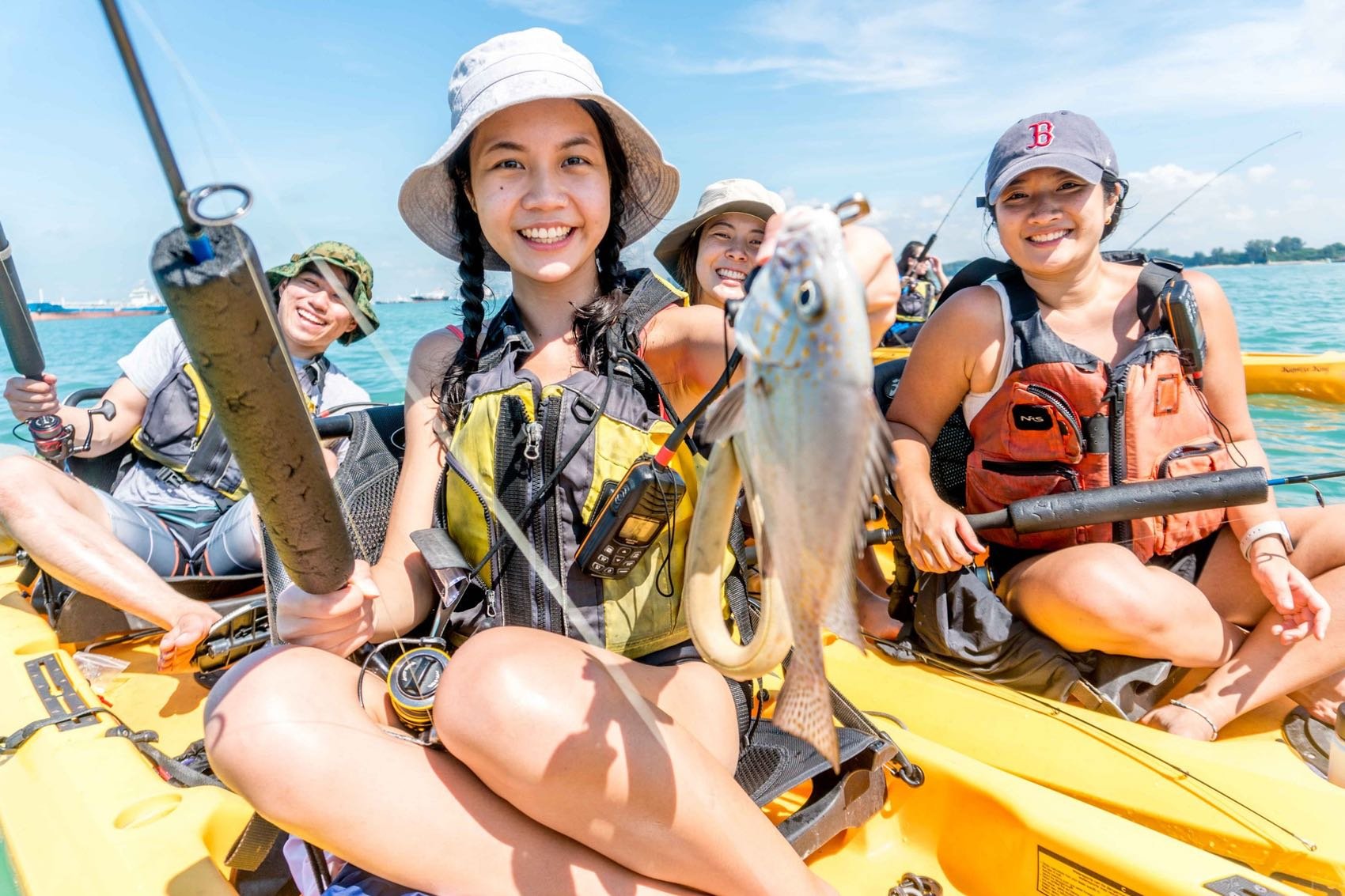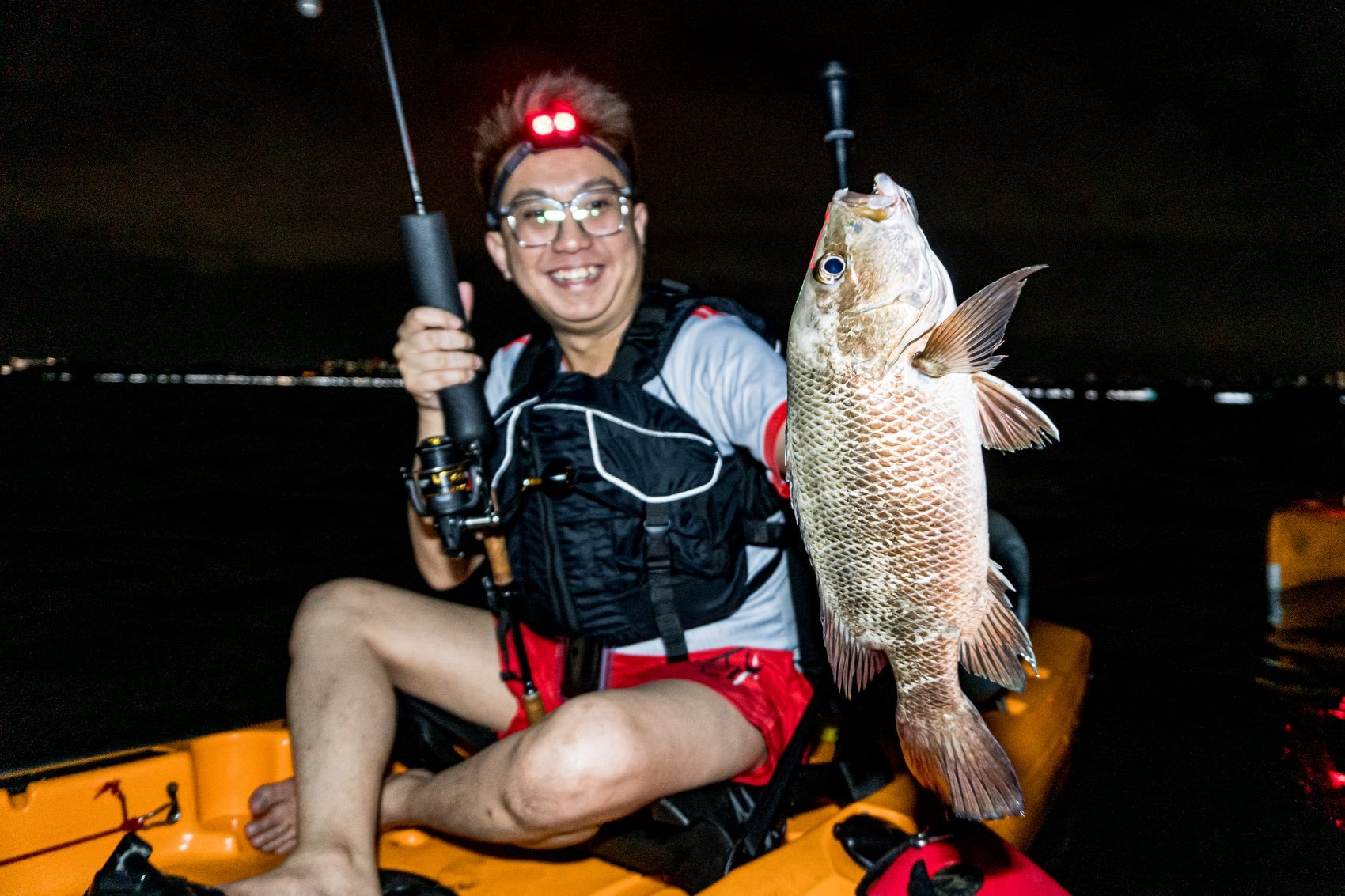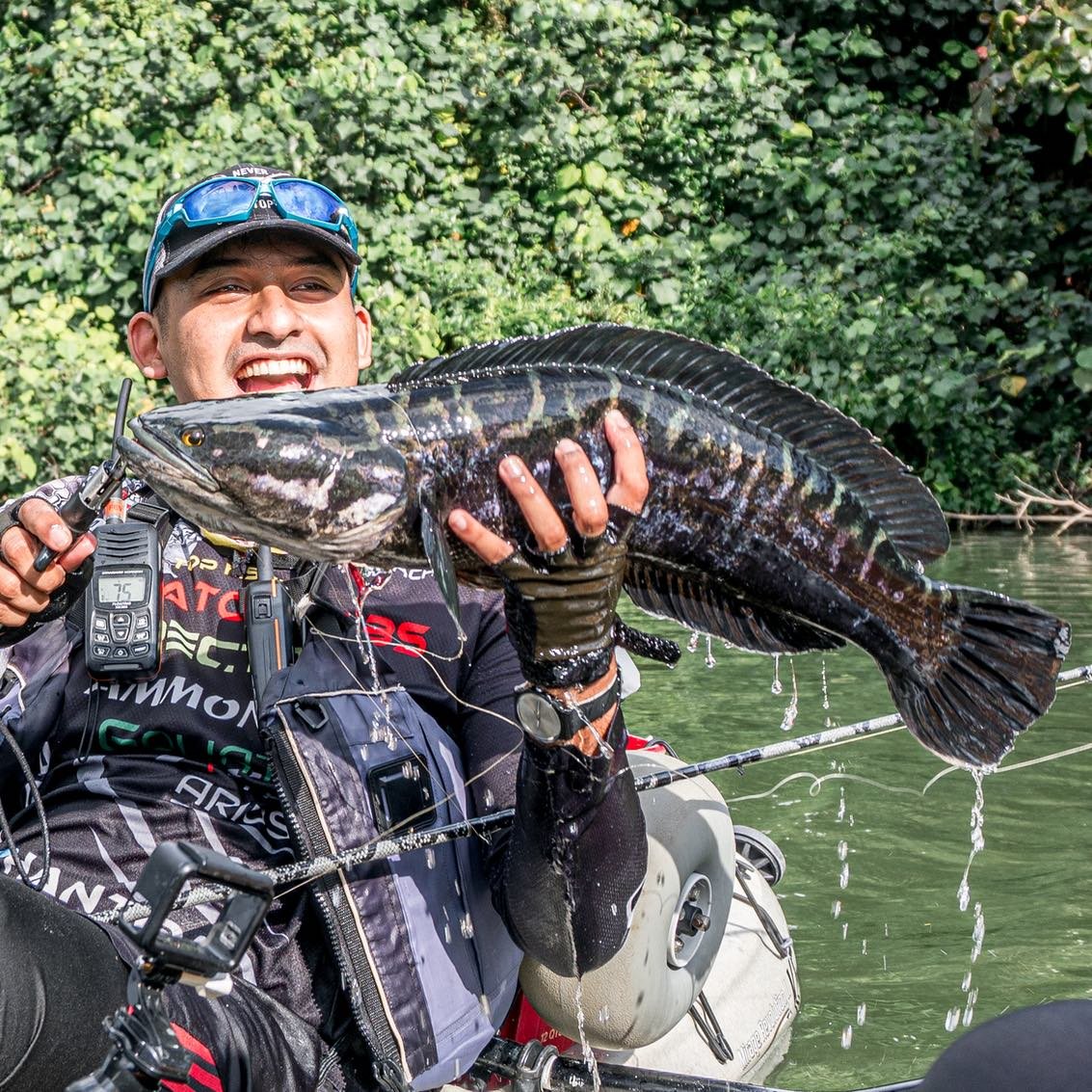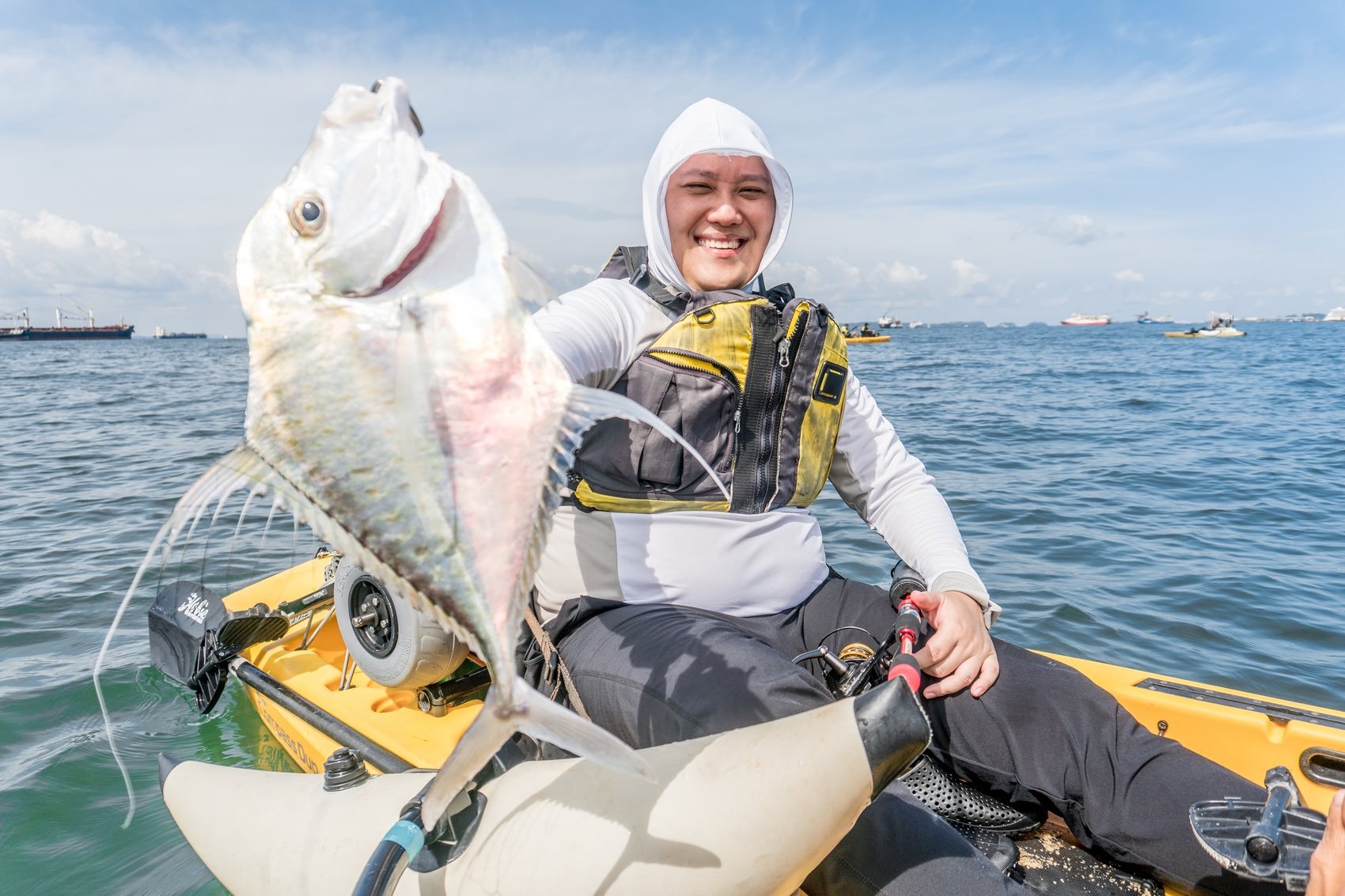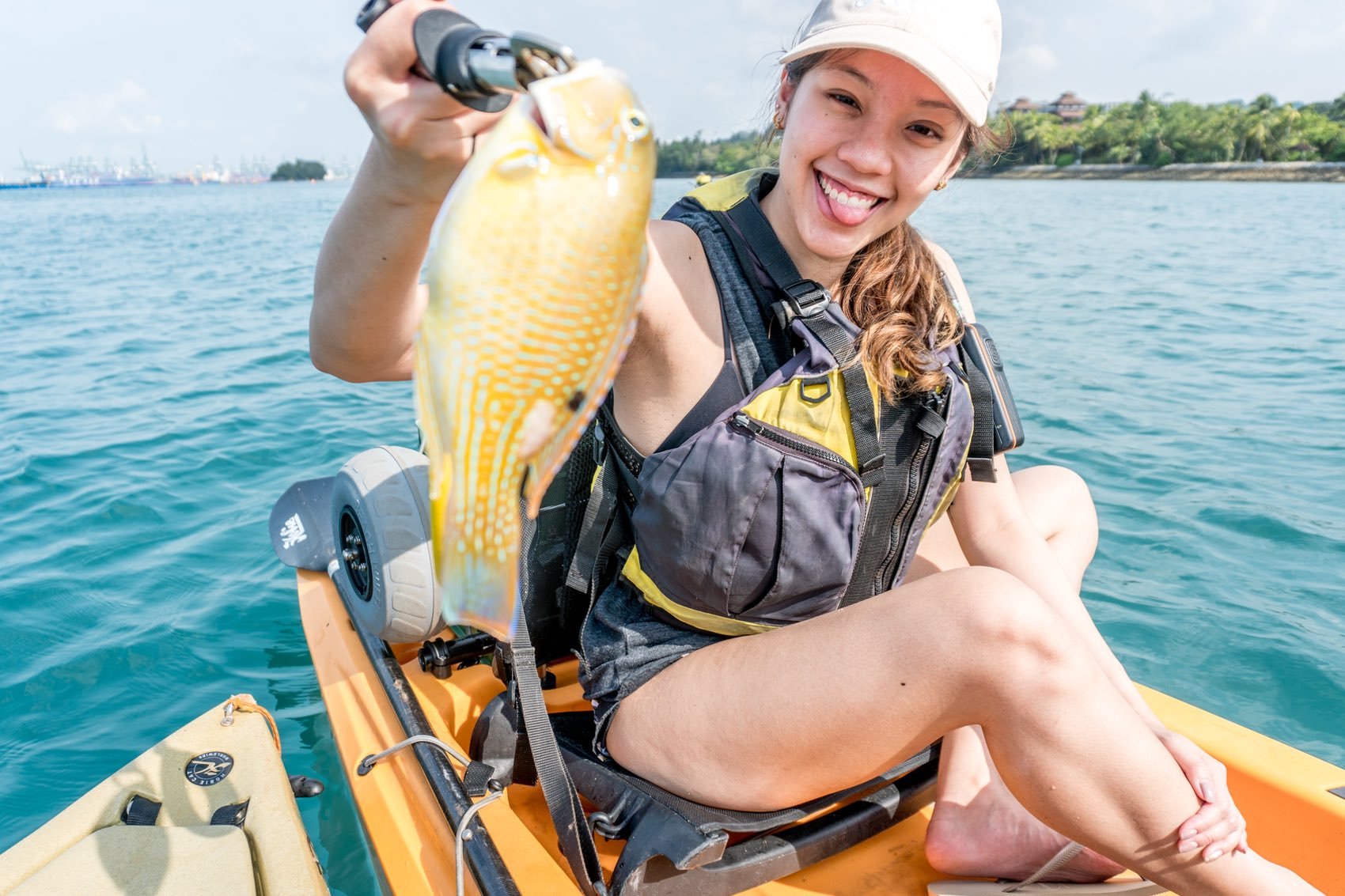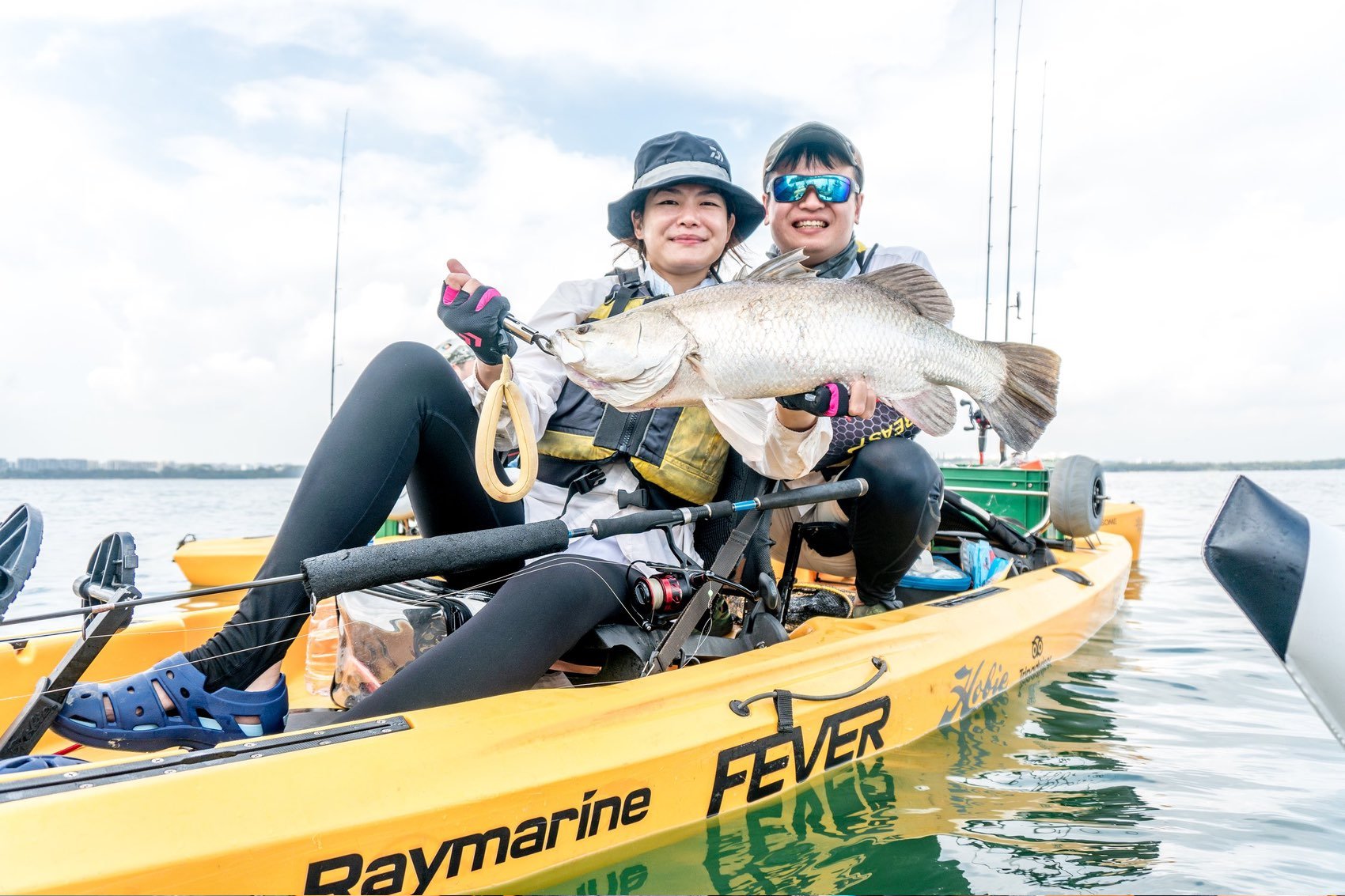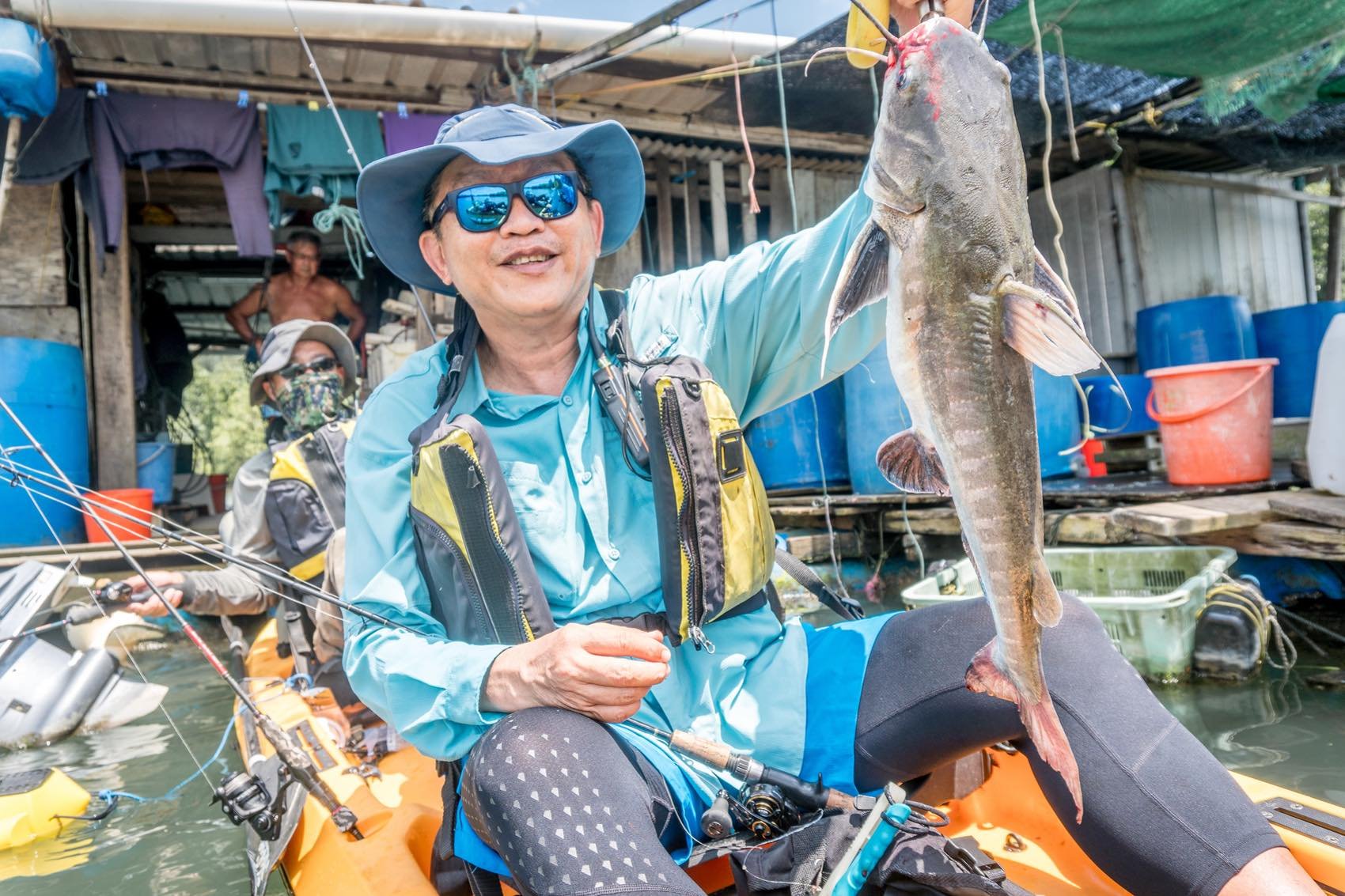Top 10 Fish Species to Catch in Singapore
Singapore is home to an abundance of fish species, some of which can only be found in a few places around the world! With spots such as reservoirs, shorelines, mangroves and fish farms, Singapore offers a diverse and exciting fishing experience for anglers of all levels. Today we’re gonna take a look at 10 of the best catches in Singapore and how to find them!
Mangrove Jack
In Singapore, Mangrove Jacks are typically found in areas where mangroves thrive, such as Pulau Ubin, Pasir Ris Park, and other coastal areas with mangrove forests. These locations provide the necessary shelter and feeding grounds for Mangrove Jacks, supporting their life cycle from juveniles to adults.
They can be caught in both the day and night. Swimming in large packs, when a mangrove jack is caught, it is often a sign that there are a few more waiting to be caught from the exact same spot!
In some regions, including places like Singapore, the practice of releasing fish and other aquatic animals into the wild as part of religious or spiritual ceremonies is not uncommon. This act, often termed "mercy release" or "life release," is motivated by the belief in accruing good karma or merits by saving lives. The Mangrove Jack, given its significance in local fisheries and aquaculture, can sometimes be among the species released during such periods.
2. Peacock Bass
Peacock bass, also known as "Emperor Fish" in Singapore, are a prized catch in the island's freshwater reservoirs. Originally hailing from South America, these vibrant and formidable fighters were introduced to Singapore's waters by aquarium hobbyists, leading to their status as an invasive species.
Despite being an invasive species in Singapore’s waters, peacock bass are revered by anglers for their aggressive nature, dazzling colors, and thrilling battles. Anglers targeting peacock bass often rely on artificial baits such as minnows, pencils, and swimbaits, as live bait is prohibited in Singapore's freshwater fishing regulations. Found in reservoirs like Punggol Reservoir, Lower Seletar, Macritchie, Lower Pierce, and Bedok Reservoir, these predators pose a threat to native fish populations like snakeheads and cichlids.
While not favored for their taste, peacock bass provide an exhilarating angling experience and are often released back into the water after the fight.
3. Groupers
Known worldwide for their culinary appeal and diverse species, groupers hold a prominent place in Singapore's fishing scene. In Singapore, anglers encounter at least six different grouper species, with the orange-spotted grouper being the most prevalent. Preferring rocky structures and holes as their hunting grounds, groupers are deep bottom feeders known for testing anglers' tackle to the limit.
Anglers targeting groupers in Singapore waters often employ Madai jigs, a highly effective lure. These voracious feeders readily strike at various baits, including live prawns, baitfish, and even frozen octopus, making them accessible targets for anglers of all levels.
4. Snappers
These versatile fish, ranging from table-sized specimens to larger ones like the Ang Kuey (Red Snapper), offer endless culinary possibilities, from steaming to making delicious fish and chips. Snappers are a diverse family of fish, with at least a dozen species of snappers calling these waters home.
Among them, Golden Snappers and Red Snappers stand out for their auspicious symbolism and vibrant colors, making them popular amongst fishermen. As for bait and hooks, anglers often find success with a variety of offerings, including live bait and lures, making snapper fishing accessible to anglers of all skill levels.
5. Toman (Snakehead)
The Toman, also known as the Snakehead, holds a special status in Singapore's freshwater fishing scene, often regarded as the poster fish of local anglers. With two common types, Haruan and Toman, these hard fighting fish are truly the kings of Freshwater fish species. The Snakehead is also known to be eaten for medicinal purposes in Chinese Cuisine. These aggressive predators strike wildly, making them a thrilling target for anglers. Armed with topwater lures, anglers can lure them into action, testing their skills against the Toman's fierce resistance.
6. Diamond Trevally
Found throughout most of Singapore's shorelines, the Diamond Trevally is a daytime feeder, often lurking near the shore or just beneath sea walls, making it accessible to anglers without the need for long-distance casting.
The Diamond Trevally have a soft lips which means that you can’t set your drag too tight when fighting this fish.
7. Tuskfish
Often mistaken for their cousins, the parrotfish, the tuskfish are distinguished by their distinctive teeth resembling miniature elephant tusks. Tuskfish are known to readily devouring various baits, from squid to cut prawns. Among them, the Blackspot Tuskfish, also known as Ketarap, is particularly prized for its unique meat taste reminiscent of crab meat, due to their diet of small crustaceans. This fish is commonly caught along coral reefs and grassy seabeds.
8. Barramundi
The Barramundi, also known as Siakap or Seabass, is another fish known for it’s great taste. Often steamed and prepared in various dishes like Sweet and Sour, BBQ, or Curry. Their preference for concrete structures near river mouths or under jetty pillars make them very accessible to anglers in Singapore. These fish are known to bite live bait such as prawns, mullet, or minnows. While reeling in a Barramundi can be exciting, anglers must exercise caution due to their sharp teeth capable of causing damage.
9. Catfish
For many anglers in Singapore, catfish are usually overshadowed by more popular catches. However, this underappreciated species can make a great meal if you know how to prepare them properly! This is especially true when prepared in dishes like Fish & Chips or traditional Malay Assam Pedas or Curry. Despite its reputation, the Catfish remains a year-round staple in local waters, known for its bottom-feeding habits and tendency to gather in large schools. To catch a catfish you should use baits that have strong odors such as marinated prawns.
10. Coral Trout
Although technically in the grouper family, coral trout set themselves apart by having a preference for coral rich waters and being slightly rarer. Unlike some deeper-dwelling species, Coral Trout's preference for shallower waters makes it an accessible target for anglers of any level. Their habits of feeding near the water's surface presents an added advantage, allowing for a diverse range of bait options. Prawns are the preferred choice among locals, although squid and small baitfish like herring are also effective alternative.
If you want to get a closer look at these fish on the water why not join us for a Fever kayak fishing tour!

